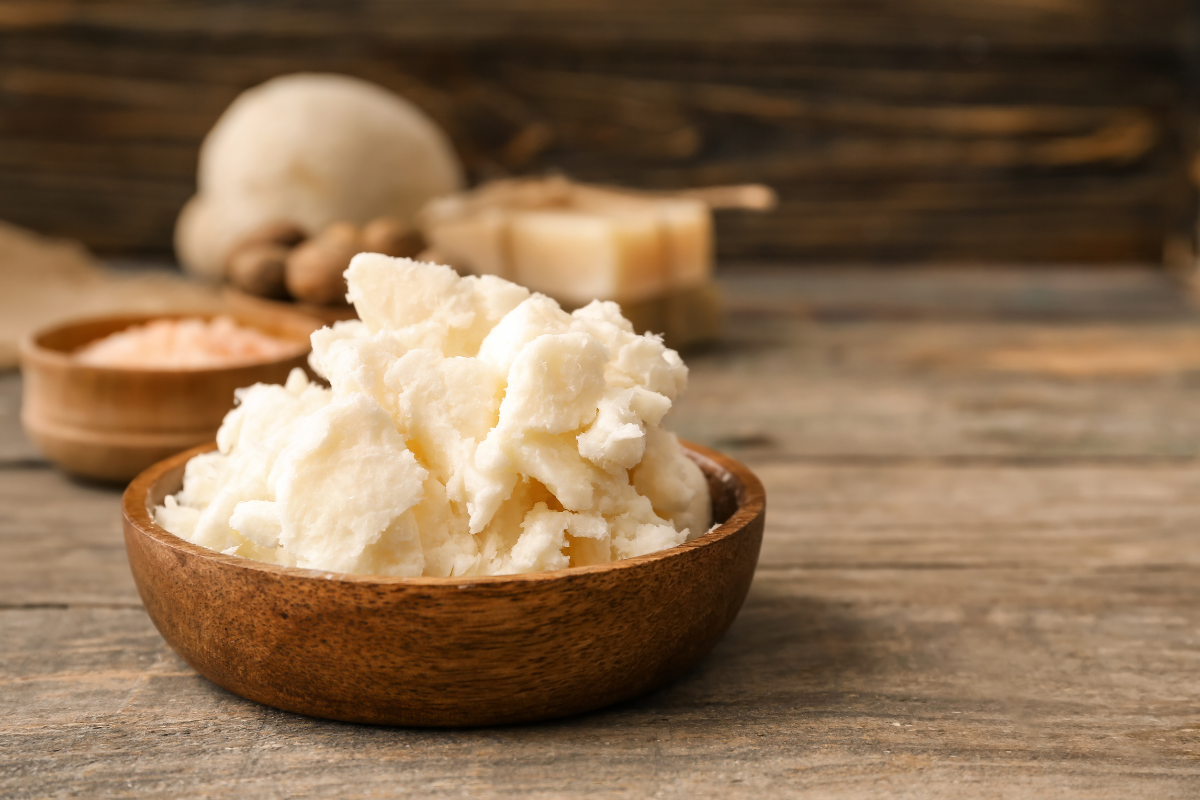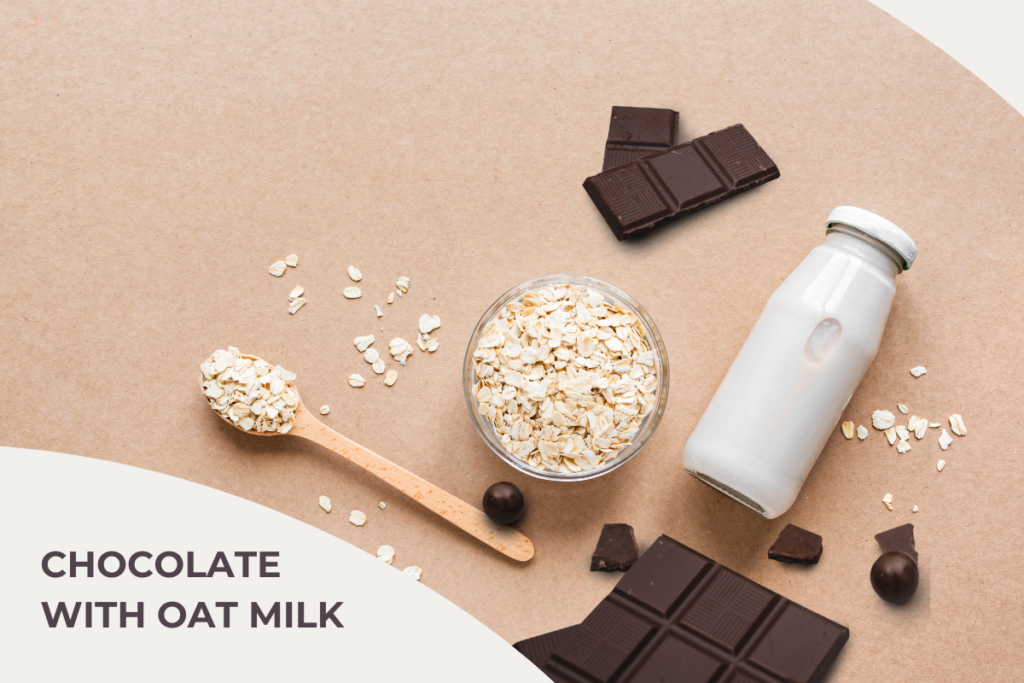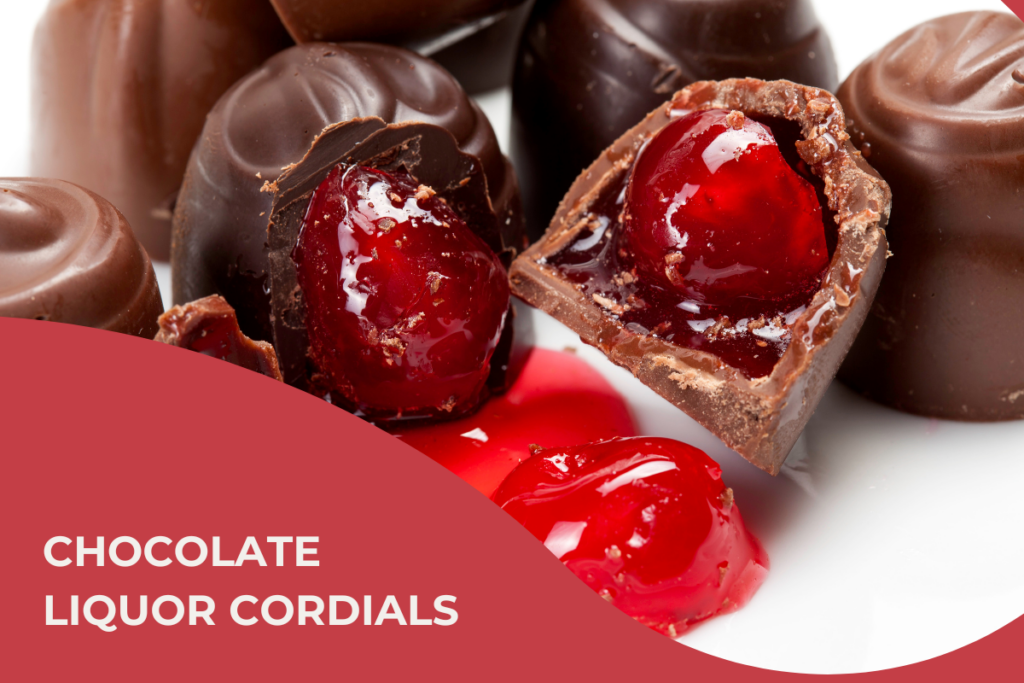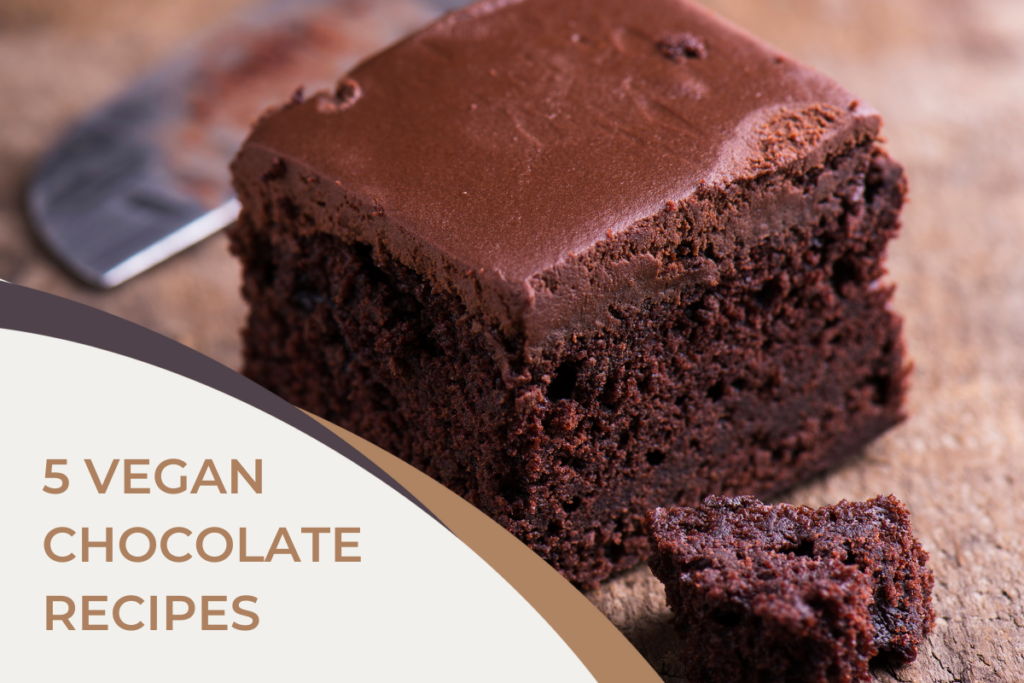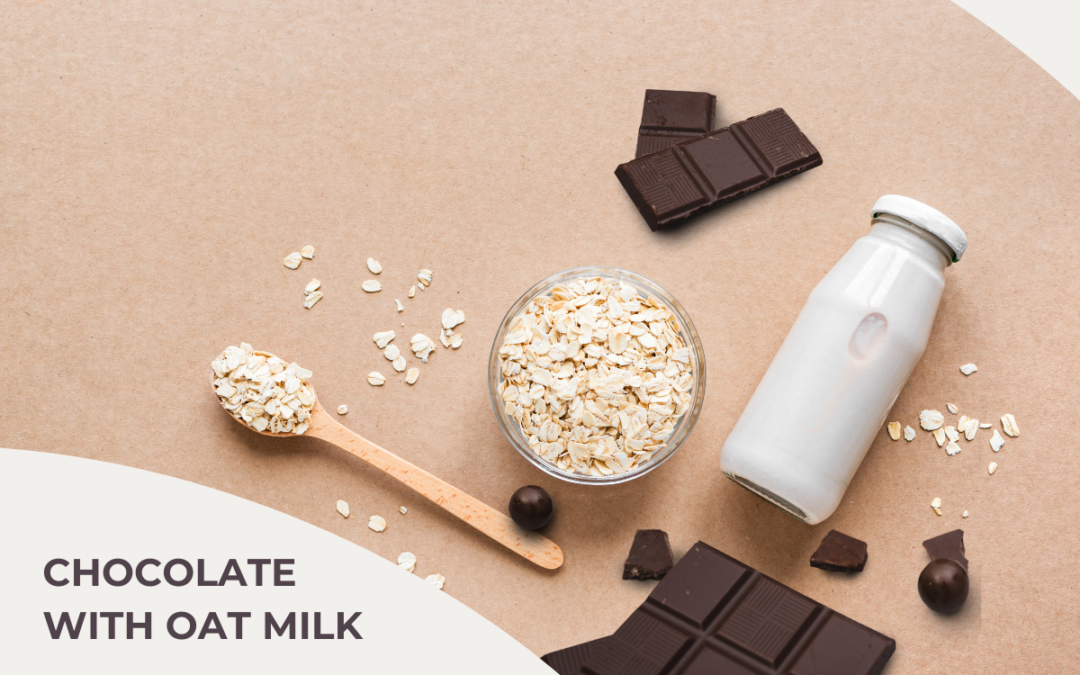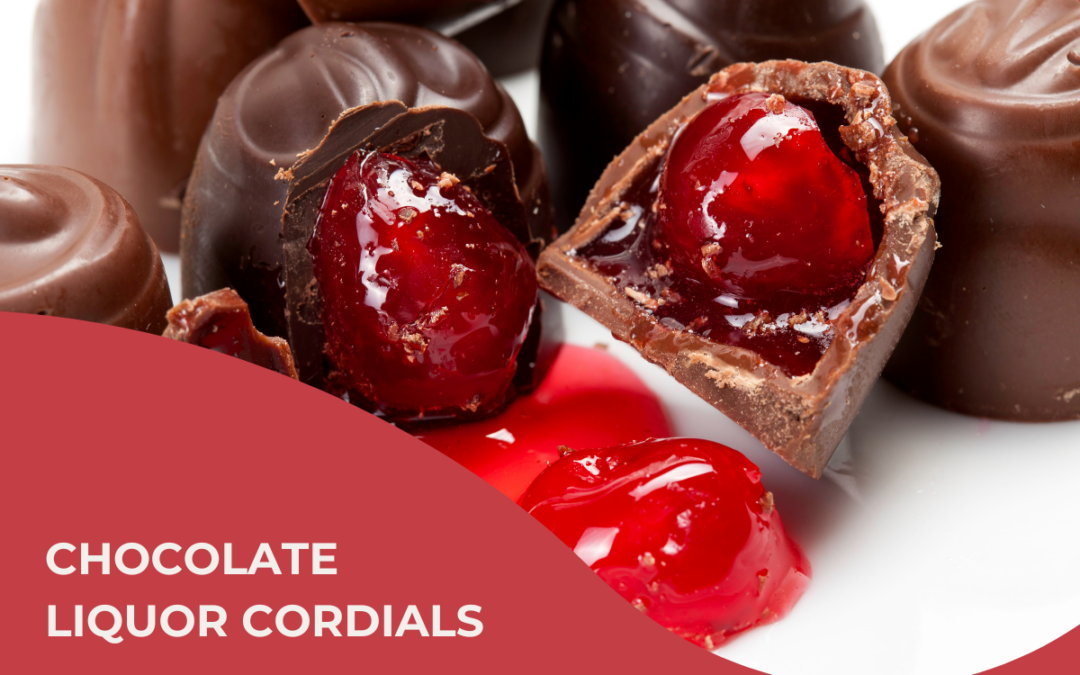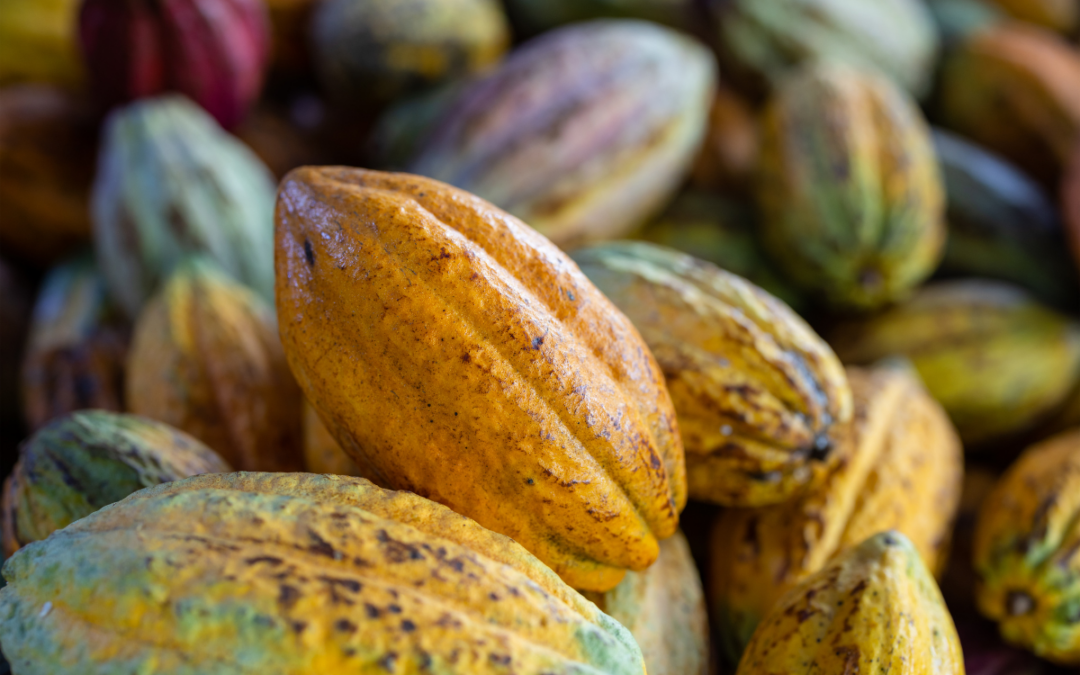In this blog, we will explore the properties of cocoa butter and alternative fats that are used as substitutes in chocolate making. By gaining a deeper understanding of these fats and facts, you’ll be better equipped when making your personal chocolate creations.
What kind of fat is in chocolate?
The primary fat found in chocolate is called cocoa butter (or theobroma oil). It is a natural fat from cocoa beans, which is a key ingredient in chocolate and contributes to the texture and mouthfeel of chocolate products.
What is cocoa butter?
Cocoa butter is a type of vegetable fat that is formed inside cocoa beans, but unlike many common vegetable fats, such as corn oil, olive oil and peanut oil, it is solid at room temperature. It is primarily composed of fatty triglycerides, which are molecules formed from glycerol and three fatty acid chains. Oleic acid makes up about 35% of cocoa butter’s composition; stearic acid about 35%; and palmitic acid about 25%. Cocoa butter is what gives chocolate its deliciously creamy texture.
What other fats can be used for chocolate making?
In addition to the natural cocoa butter that is released in the act of processing cocoa beans into chocolate, additional cocoa butter can be added in order to change the melt and texture of the chocolate. Cocoa butter can be extracted from cocoa beans in a heated press that separates the cocoa solids from the cocoa butter. This natural cocoa butter will retain much of the flavor and aroma of the source beans. Some cocoa butter is additionally processed, or “deodorized”, to remove these characteristics so they don’t affect the flavor of the final chocolate product. When processing cocoa beans into chocolate, additional cocoa butter can be added to create an even more luscious experience.
While cocoa butter is the traditional and primary fat used in chocolate making, some alternatives are possible depending on dietary preferences and specific recipe requirements.
- Coconut oil can be used as a substitute for cocoa butter in vegan or dairy-free recipes. Coconut oil has a lower melting point than cocoa butter, so chocolates made with coconut oil may be softer at room temperature. However, if you like the flavor of coconut, you might like the taste it adds to your chocolate.
- Shea butter, which is derived from the nuts of the shea tree, can be used as a cocoa butter alternative in chocolate making. The creamy and rich fat has a distinct nutty flavor that compliments certain chocolate variations.
- Palm oil is sometimes used as a cocoa butter substitute in commercial chocolate production due to its similar consistency and texture. However, the use of palm oil has raised environmental concerns, so it’s important to source sustainably-produced palm oil if you choose to use it.
- Avocado butter can be used in place of cocoa butter in chocolate recipes. It has a mild, neutral flavor that lends a creamy texture to your finished confection.
- Almond butter can add a nutty flavor and creaminess to chocolate. For those who enjoy the combination of chocolate and nuts, it’s a suitable option.
When substituting cocoa butter with other fats in recipes, it’s important to consider how the texture and other characteristics of the chocolate will be affected. It may be necessary to experiment with different proportions of ingredients to achieve the desired results, and some alternatives may not work for tempering, a critical process in chocolate making.
Therefore, keep in mind that the final product may not taste like or have the same mouth-feel as conventional chocolate, since alternative fats can certainly influence both the texture and flavor.
We hope you enjoyed this article. For more great articles, check out the rest of our CocoTerra blog. If you have any questions or comments, feel free to contact us through our social media channels. We are @cocoterra_co on Instagram and Pinterest and @cocoterraco on X (aka Twitter) and Facebook.

